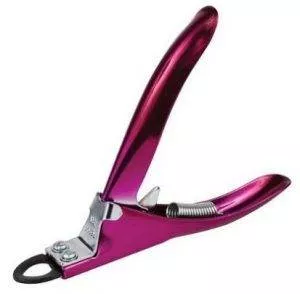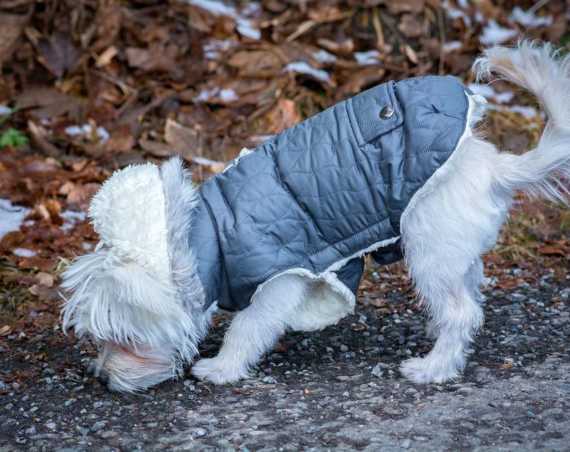Updated: October 13th, 2022
This article contains affiliate links. Read the full disclosure here.
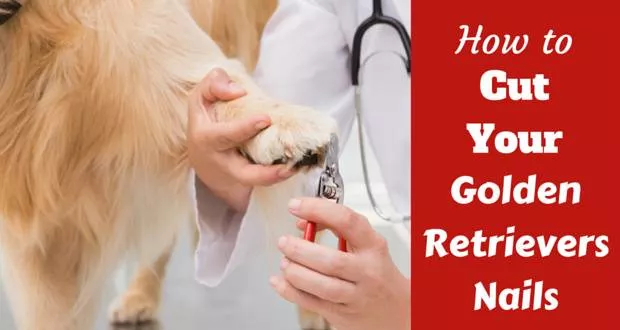
© WavebreakMediaMicro / Adobe Stock
Cutting your dog’s nails is one of those ‘scary’ grooming tasks that’s incredibly easy to keep putting off. What with a fidgeting dog and worrying about accidentally cutting the quick, it can certainly pose difficulties.
But it doesn’t have to be hard; you can certainly cut your dog’s nails quickly, effectively and safely if you start prepared, stay calm and follow a few simple instructions and tips. A handful of treats don’t go amiss either!
-
-
Safari Professional Nail Trimmer for Dogs – Best Overall
-
Resco Original Dog Nail Clippers – Runner Up
-
Dremel 7300-PT Dog & Cat Nail Grinder Kit – Best Budget
-
An Overview of the Nest Nail Clipper for Golden Retriever
| IMAGE | PRODUCT | |
|---|---|---|
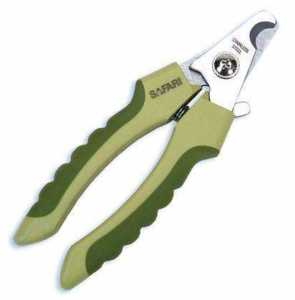 | BEST OVERALL
| VIEW LATEST PRICE → |
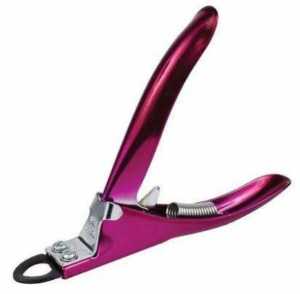 | Runner Up
| VIEW LATEST PRICE → |
 | Best for Budget
| VIEW LATEST PRICE → |
Why is it Important to Cut Your Dog’s Nails?
While trimming your dog’s nails will help you avoid scratches on your legs and hardwood floors, there are actually a couple of more important health reasons to keep their nails short too.
Sore Toes
If your dog’s nails are too long, to the point where they’re touching the floor when they walk (you may be able to hear them ‘click’ on hardwood floors and pavements), it’s likely that the nail is causing them to experience pain in their toes and feet.
This is because the hard nail will be pushing back into the soft nail bed every time they take a step and push their foot towards the ground. Not only does this mean sore toes for your dog, it will also be putting a lot of undue pressure on their foot joints.
If your dog is particularly jumpy and tender when you try to touch their toes, it’s likely that they’re suffering from sore feet. Treat them gently, and resolve to cut their nails regularly to ensure that the soreness wears off over time.
Long-Term Joint Problems
Long nails can also affect your dog’s gait, according to Dogs Naturally Magazine , shifting the way they hold themselves and causing long-term joint problems.
This is because dogs have evolved to think that they’re climbing a hill every time they feel their nails hit the floor, just as their short-nailed ancestors would have done. They then automatically adjust their positioning, shifting their bodies forward and closer to the ground, to best climb that hill – except of course, they aren’t actually climbing one.
As such, their bodies then have to compensate to make sure they don’t fall forward. They reflexively bring their paws closer together to balance themselves – an unnatural range of motion for dogs – which puts more pressure on their muscles and joints. When this is happening all the time, it means their bodies are continually under pressure.
How Often Should I Cut My Dog’s Nails?
The answer to this varies from dog to dog. If your dog is running around regularly on hard surfaces that help wear down the nails and keep them short, you will only need to trim them as and when the nail grows long. If you can hear the nail clicking on the ground, that’s when you know it’s definitely time for a trim.
If your dog spends most of their time on soft ground and carpets, however, it’s likely that they’ll require much more regular trims – either once every two weeks to maintain their length, or once a week to deliberately shorten them.
Ideally the nail should be cut to within about 2 millimeters of the quick – that’s the pinkish part in the middle of the nail that holds the blood supply. You can always double check with your vet or groomer as to whether your dog’s nails are ready to be cut yet and to what point you should be cutting.
Remember, you don’t have to cut all the nails in one sitting – feel free to just do one nail a day if you think that would be less distressing for your dog. As long as you remember the order in which you’re cutting them, you should be able to maintain them at a short length if you cut one or two every day.
Helpful Tools for Cutting Your Dog’s Nails
The most popular tool for canine nail clipping is the scissor style clippers. These allow you to easily maneuver and cut the nail without crushing the toes. The internets leading pet fashion resource, Pet Fashion Week says here that scissors can cut either straight across the nail or at a smaller angle depending on how short you want the nail to be.
Another style of clipper is the guillotine version, which some people find easier to use than the scissors. You simply put the nail in the guillotine, squeeze and press down cut the nail straight across. These clippers can put more pressure on the dog’s toe, however.
1. Scissor Type: Safari Professional Nail Trimmer for Dogs
2. Guillotine Type: Resco Original Dog Nail Clippers
3.Grinder Type: Dremel 7300-PT Dog & Cat Nail Grinder Kit
Regardless of what style you choose, the most important thing is that the clippers are kept very sharp so they don’t splinter the nail.
Some dog owners prefer to use a nail grinder instead of clippers. Again, these are easy to use by simply slowly grinding down the nail. They may be the preferred choice for people less confident with the sharp and quick motion of the clippers.
How to Cut Your Dog’s Nails
It’s slightly more complex cutting the nails of a dog than it is a human. Firstly, your dog is likely to be quite wriggly and secondly, it is easy to cut into the quick if you’re not careful, causing your dog some pain and bleeding.
First things first, get acquainted with what the nail actually looks like and what you need to be aware of. Dummies has a great diagram for what the inside of the nail looks like here.
Each claw is made up of the nail itself, which is insensitive and can be trimmed without causing pain, and the sensitive quick that contains the blood supply. If you trim the nail too short, you will cut the quick – cue bleeding, pain and a dog who might be scared of having their nails cut in the future.
If your dog has white nails, it’s super easy to spot the quick as it’s darker – often in a pinkish hue – than the rest of the nail.
If your dog has black nails, however, the quick is much harder to spot and so you’ll need to take your time as you cut and just do small snips at a time. After each snip, take a look at the cross-section of the cut nail – you’ll know you’re approaching the quick if you can see darker pigmentation in the middle of the nail.
Before you start cutting, make sure that you’re equipped with the following:
- Treats to reward your dog for good behavior
- A well-lit room with plenty of space
- Styptic powder – this helps to stop any bleeding if you accidentally cut the quick
- Sharp and sturdy nail clippers
- Arrange to cut their nails after your dog has bathed as they should be softer and easier to cut without putting too much pressure on their toes.
Step by Step Guide
- Firstly, make sure that you’re holding your dog steady yet gently and that they’re calm. Trying to cut a moving target will not end well! Be liberal with treats and praise so they know that this is a good experience and that they have nothing to fear.
- Start with the nails on the hind legs as these are likely to be less sensitive and should ease your dog into the procedure.
- Place a very small piece of nail between the clippers and cut from the underneath side. Be quick and smooth in the movement so as not to agitate your dog.
- You can either cut straight across the nail at a 90° angle or at 45° angle if you’re feeling confident that you know where the quick is and you want the nail as short as possible. A guillotine clipper will cut straight across while you have more freedom to cut how you like with scissor clippers.
- If your dog has black nails, it’s best to cut straight across little by little rather than attempting the 45° angle method. After every cut, review the cut nail to check whether you’re approaching the quick – if you see a grey part in amongst the white nail start to emerge, it’s time to stop.
- Remember not to squeeze your dog’s toes while you’re clipping as this pressure can cause them pain.
- If you do cut the quick, don’t panic. Immediately tend to the bleeding by applying styptic powder on a cotton swab to cauterize the bleeding. Remember to treat your dog and provide lots of loving attention.
- Make sure that you don’t forget to trim the dew claw if your dog has them. These are the claws found a little higher up the leg that are attached by loose skin and don’t touch the ground. As they won’t wear away of their own accord, you will need to trim them in the same way as you cut the rest of your dog’s nails.
- Finish the task with a treat and plenty of praise!
Conclusion
Cutting your dog’s nails doesn’t have to be an awful chore – the main three things to remember are to take it slow, praise your dog, and avoid the quick.
Cutting just one nail every day is a great, low-maintenance way to make clipping a part of your dog’s daily routine.


